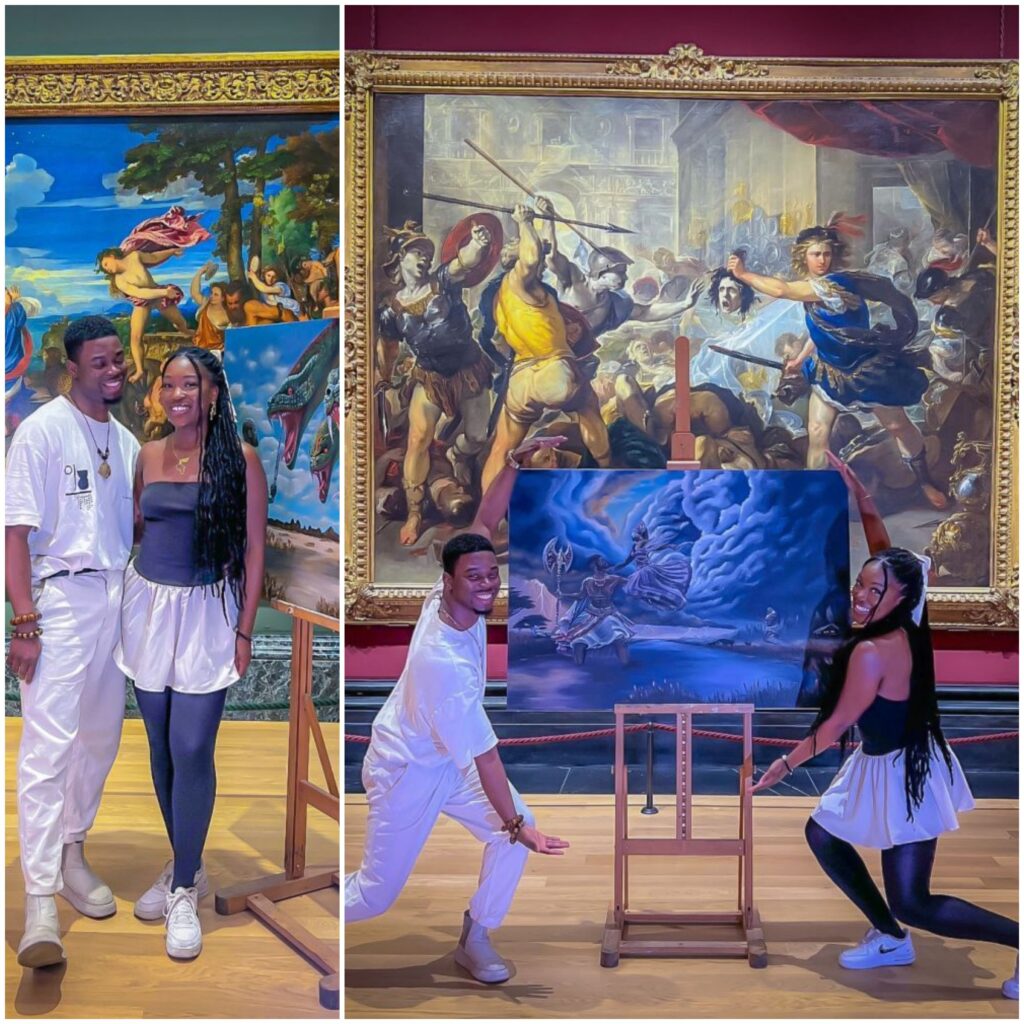
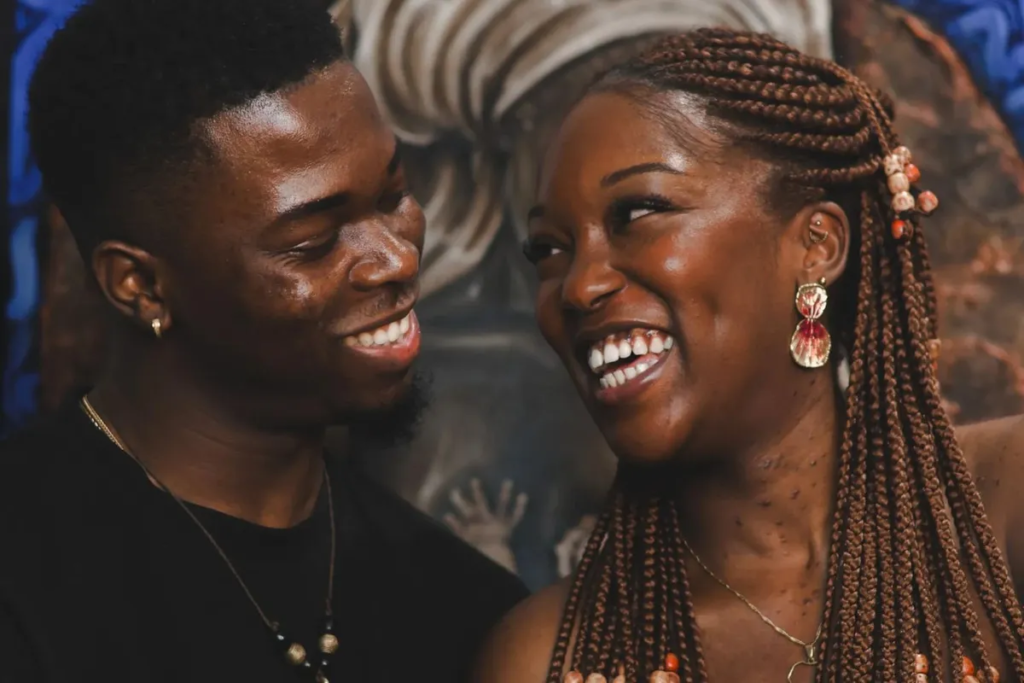
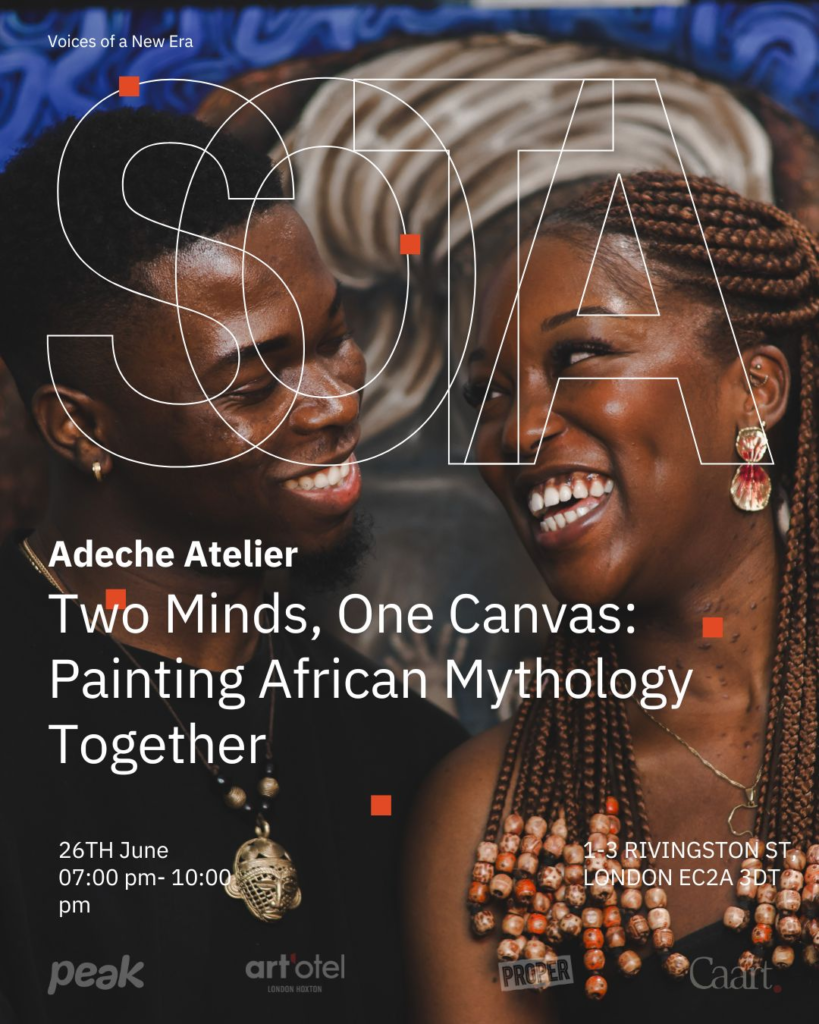
From the Cosmology of the Bankongo people in the Democratic Republic of Congo to the divination practice of the Nandi in Kenya, this creatives couple enlightens their followers and listeners about the diverse cultures and interesting myths across Africa.
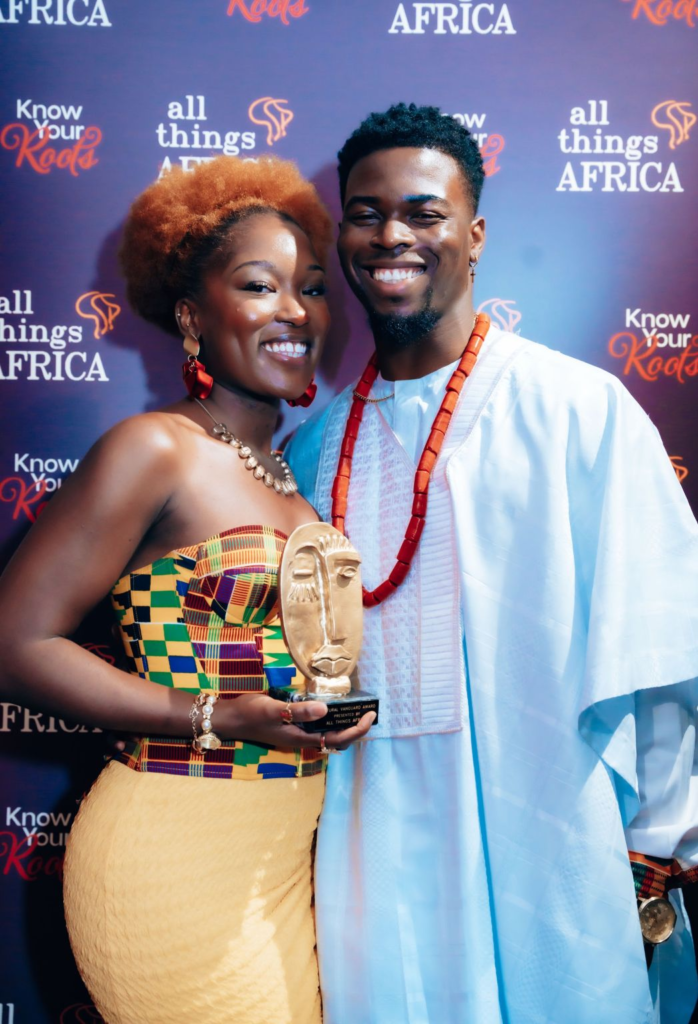
Through Art and Storytelling, Adwoa Botchey and Solomon Adebiyi are reclaiming narratives from across the continent.
Adwoa Botchey and Solomon Adebiyi paint art are depicting various African deities, Cosmology, and Mythological Characters.
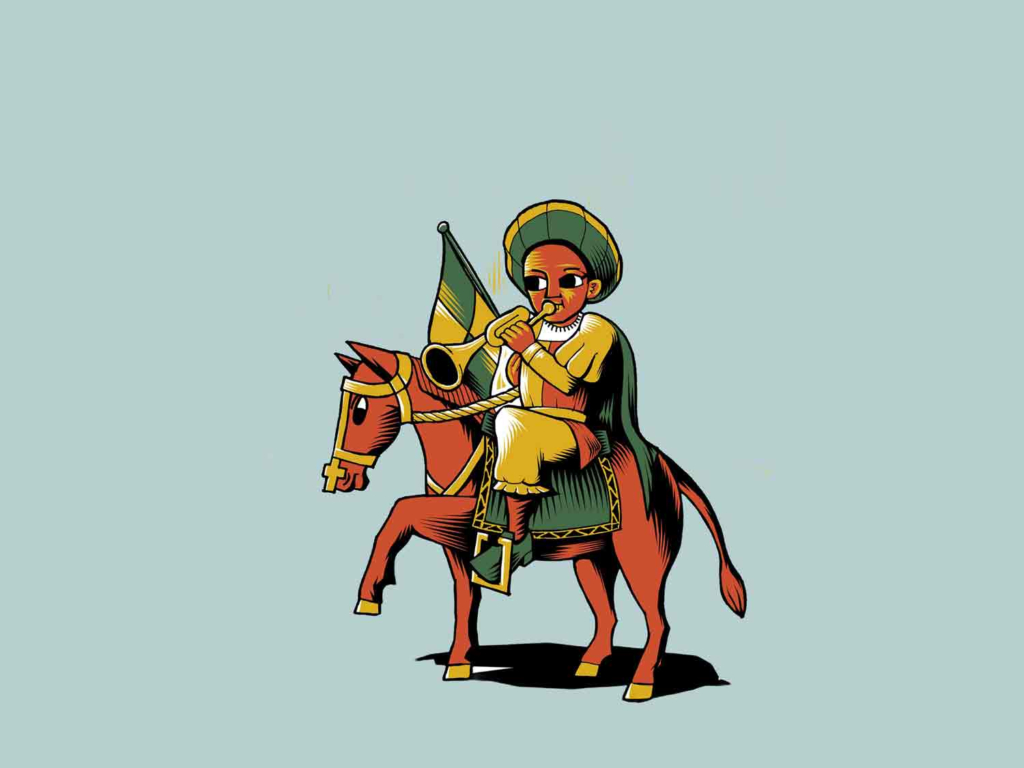

Adwoa Botchey, 27, and Solomon Adebiyi, 28, met for the first time at Chuck Gallery in Manchester. Both were exhibiting their Art Work for the African Caribbean Society. While admiring each others paintings, they discovered a shared passion for Mythology but quickly realized that their knowledge of African Mythology was limited.
“We were both very interested in Mythology. Growing up in the UK, we only had access to Greek, Norse and Roman Mythology. But if it was African, we were only aware of Egyptian Mythology,” Botchey says.
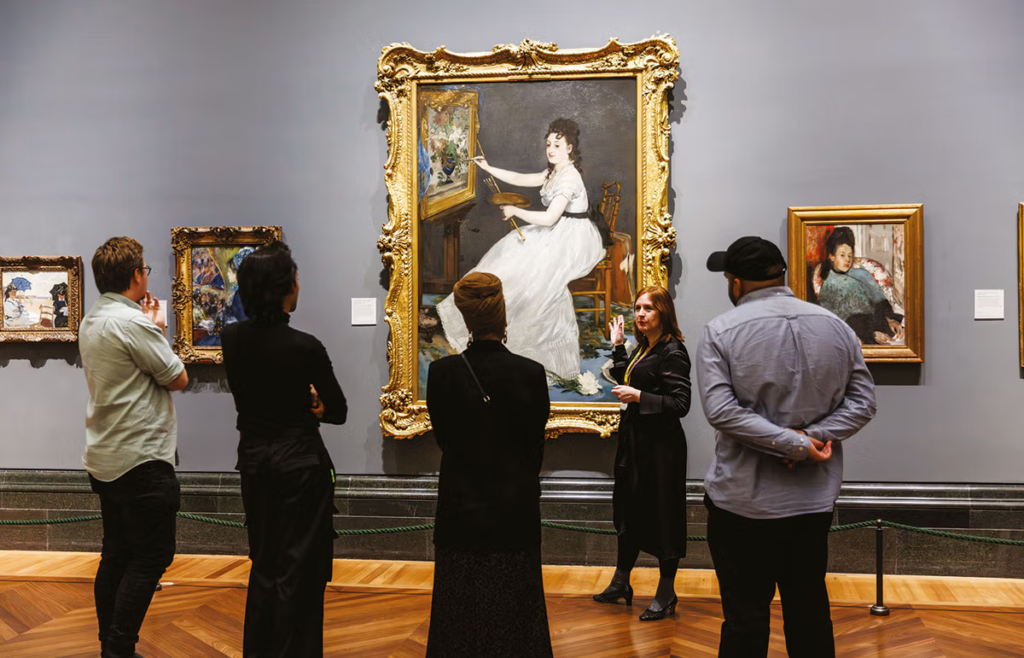
This shared interest sparked a journey of exploration into African Mythology. Despite being Architecture students at the University of Manchester, the couple devoted time to reading “dense” research papers and books on African Cosmology, Mythology and Folklore. By 2017, they began documenting and sharing their findings on social media.

“Initially, it was centered around West Africa because we are from Ghana and Nigeria. But as we started telling stories to more people inside and outside Africa, we realized the mission was bigger than us. Diaspora needed this stories,” Adebiyi says. “They needed to feel represented and see themselves in these complex deities and heroes. People loved it; they connected with it. People could learn, most of the time for the first time, about African mythology through us. We’re starved of that level of representation in main stream media.”

Adwoa & Solomon | Fine Artists & Visual Storytellers | Amplifying African Mythology, Folklore & Culture Commissioned by BBC Arts, the National Gallery & Cultural Vanguards Award winners.2mo

Also, how beautiful is this Cultural Vanguard award!! We are so proud to be part of the first cohort of winners! It will always be a reminder of the importance of the work we are doing and impact it has on the culture 🫶🏾
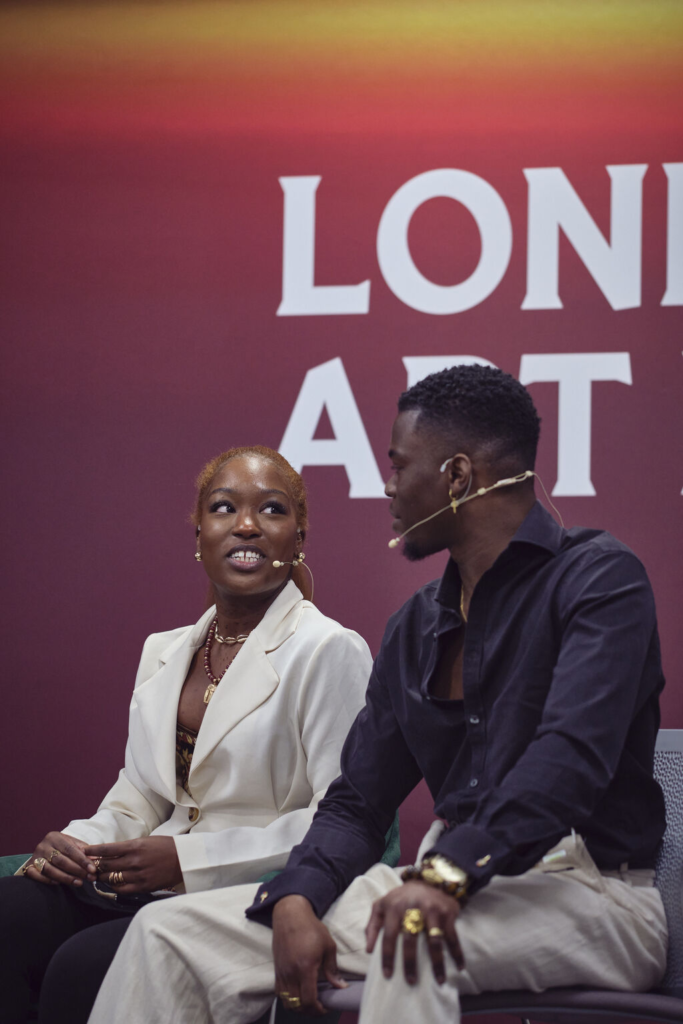
Inspired by their research, the creative duo began painting art depicting various African deities, Cosmology, and mythological characters. Their core motivation is challenging the monolithic view of Africa, showcasing it as a continent with 54 Countries and diverse cultures. They believe more people would understand with more visual representation.
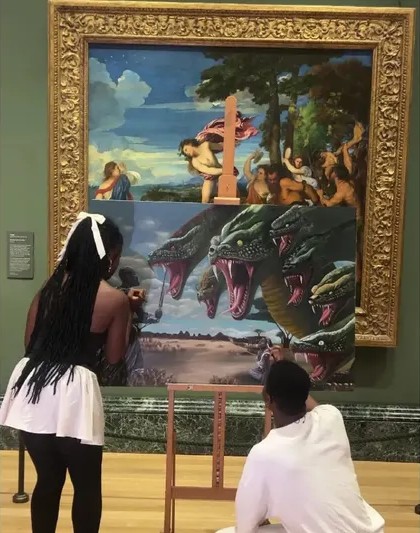
Beyond that Storytelling has become their tool to address the lack of adequate representation in fantastical worlds. While acknowledging works like Black Panther, send the Children Of Blood and Bone series, they emphasize the need for greater exposure to Black fantastical worlds and books by Black authors inspired by African mythology.

To support this mission, they created a digital library of books recommendations, becoming a valuable resource for their over 500,000 followers across Tiktok, Instagram, and YouTube. They often make one-minute videos recommending this books to their social media followers.
Since Tomi Adeyemi’s Children of Blood and Bone trilogies gained global success, interests in fantasy books by Black Authors has surged. Book content creators increasingly recommend this book on BookToks and Bookstagram.

For those new to the subject, Botchey and Adebiyi recommend starting with non-fiction works like Encyclopedia of African Religion and An African History of Africa, which provides a broad scope and deep insights into African Culture.
The couples believes spotlighting African cultures through mythological works is essential to developing the African mindset. “Mythology as a whole was a way for humanity and civilizations to understand their place in the world, their role in it, and the divinity within themselves,” Adebiyi says.

“You learn so much about a culture and the way the people of such culture (their thought process about the world, how they explained the stars and rainbows in the sky, through mythology and folklore,” Botchey says. “But with limited access to Kenya and South Africa mythology, how can you understand the people if you can’t understand how they thought about the world? That’s why a lot of African history often starts with Colonialism and Slavery.”
In 2020, the couple started a podcast, Afro Mythos, to share more in-depth stories beyond their paintings and short videos. The podcast features guests who help “uncover the untold stories of African Mythology and Folklore.” They wrapped up the third season in September 2024, and are set to release fourth season with more experts in the third quarter of this year.
After years of juggling research and content creation with academics and, eventually, corporate jobs, Botchey and Adebiyi resigned in October 2024 to focus full-time on their work at Adeche Atelier.
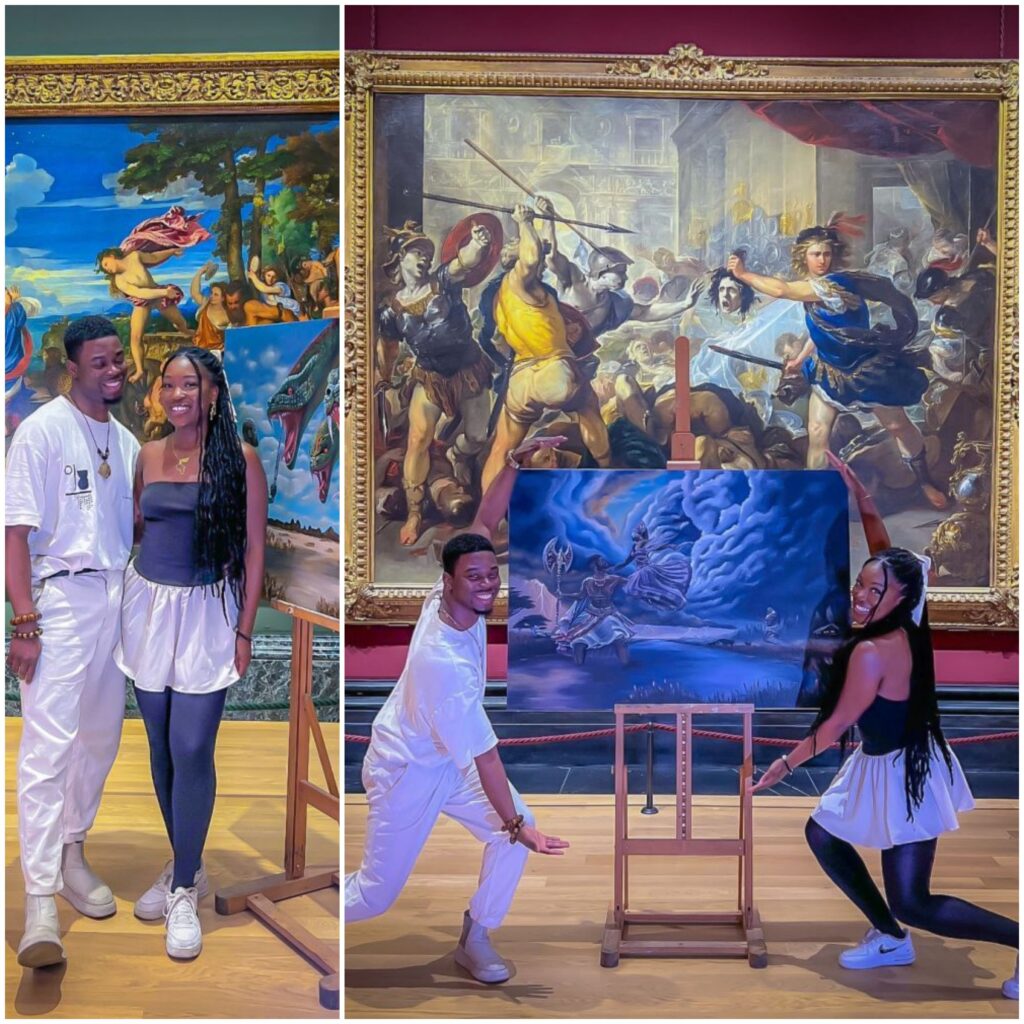
“Adechie” combines their surnames, “Atelier” reflects their architectural background.
Since relocating from Manchester to London in 2023, they’ve worked from their home studio, creating art workshops and collaborating with organizations, including the BBC, the National Gallery, Tiktok, and the Fitzwilliam Museum.
In February, they launched a new series on their YouTube channel to discuss African Mythology and Religion (AMR) extensively. However, they do plan to extend the topics to include Spirituality and will roll out more episodes under a new name, African Spirituality, Mythology and Religions (ASMR).
Consistency is key

Couple Solomon Adebiyi and Adwoa Botchey, known together on TikTok as adeche.atelier, merge African mythology, folklore and art on their channel.
“We paint re-imagined depictions of African goddesses, folk tales, things like that,” says Adwoa.
The pair have more than 200,000 followers on TikTok but their dream is to make their content even more widely known.
So they were excited about attending BBC Creator Lab.
“I don’t think I’ve ever been in a space like that, where people just want you to win, and want you to do well,” Adowah adds about the talent development scheme.
This year, BBC Creator Lab brought together more than 90 social and digital content creators from across the UK to take part in two-day, in-person events in Glasgow, Salford, London, Cardiff and Belfast.
The brand-new initiative aimed to highlight and nurture the careers of digital creative talent through pitching and social media masterclasses – and chances to secure BBC social commissions and TV appearances.
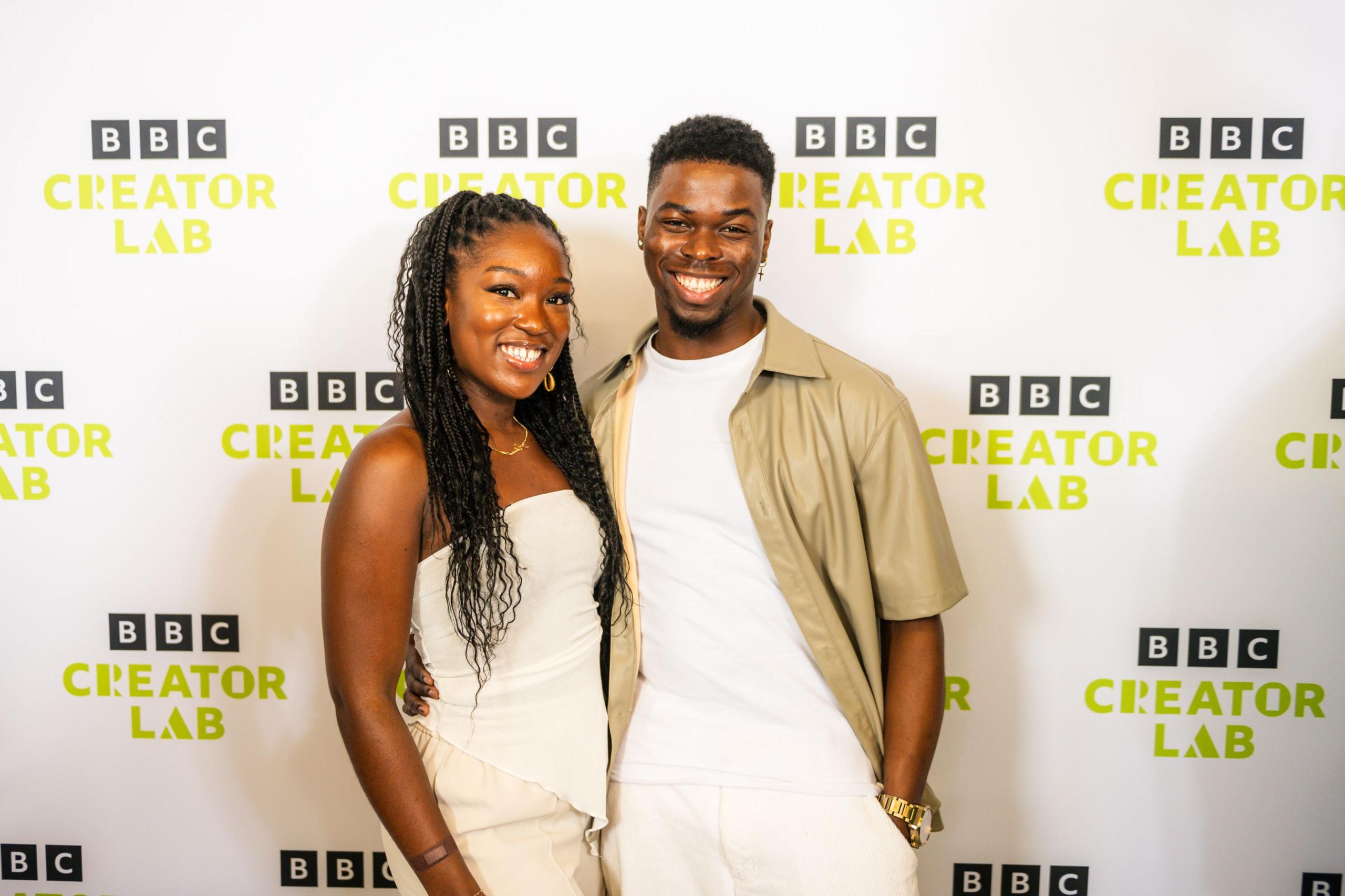
Solomon Adebiyi and Adwoa Botchey, known as adeche.atelier, say they “share stories of different continents through storytelling”.
“Accessibility is the key,” adds Adwoa. “It’s the reason why we’re so passionate, not just to get the stories out there, but to make sure they’re permanently out there.”
Art is one great way to do that, she explains. And social media draws more eyeballs to their work.
As for BBC Creator Lab, the pair really enjoyed attending. They both left feeling really good about their work, she says.
And for anyone wanting to emulate their success online or build their own career in content creation, consistency is key, she says.
“Even if you don’t see anything happening yet, just see it as a system,” says Solomon.
George Stubbs’s Whistlejacket (around 1762) is, I think, my favourite thing I have ever filmed.
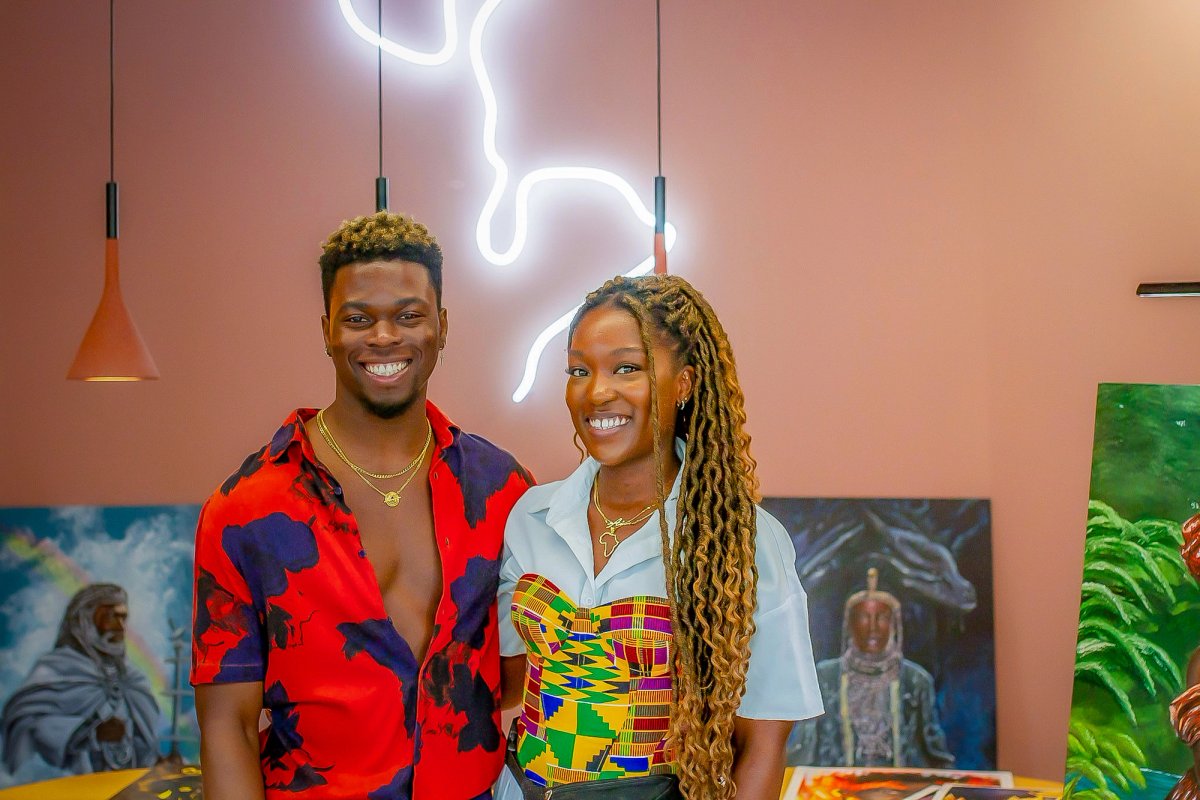
Solomon Adebiyi and Adwoa Botchey
What is your day job?
We both work as Part 2 architectural assistants at an architecture firm, and we’re currently working towards our chartership to become fully qualified architects.
Why did you want to be a part of 200 Creators?
We were excited about the chance to foster cross-cultural dialogue and deepen the understanding of art through the unique lens of African mythology, while appreciating the stories from paintings within the National Gallery that have inspired us—and continue to do so.
What have you created for the collaboration?
We have completed two paintings based on African mythology folktales, which share thematic similarities with two paintings in the galllery: Luca Giordano’s Perseus turning Phineas and his Followers to Stone (around 1660) and Titian’s Bacchus and Ariadne (1520-23). We have also recorded a podcast episode with one of the National Gallery’s educators all about mythology, art, culture and human experiences.
African service members to the war effort.
.jpg)
Adeche Atelier – the creative partnership of Adwoa Botchey and Solomon Adebiyi – brings African mythology to life through their commissioned Yoruba Creation Story, which will be woven into a new tapestry on display. The exhibition also features a captivating soundscape designed by Gary Stewart, an interdisciplinary artist with over 30 years of experience examining social and political issues of identity, culture and technology through sound, moving image and computational creativity.
As this interdisciplinary project develops and travels throughout the UK, the Tapestry of Black Britons will continue to grow through contributions from artists, poets, universities, academics, schools, heritage organisations and communities across Britain and the diaspora. The exhibition creates space for diasporic imagination while showcasing the latest in digital design, believing in the power of storytelling to uplift and transform communities while fostering a deeper understanding of our collective history.
“Mythologies and Folklore have moral lessons conveyed when told-in Context. In the story, where ‘Esu’ divides two villages, ‘Esu’ paints himself half black and half red and runs through the middle of both villages. The people of each village see different sides of him; they argue and fights because of this, believing the other village is tricking them. A version of this story says the Multi-faceted god was trying to teach people about the power of perspectives,” Adebiyi Says. “But with the colonialists demonizing ‘Esu’, the modern worlds has lost access to this type of knowledge. So we must relearn these stories because they will teach us more about ourselves.”


